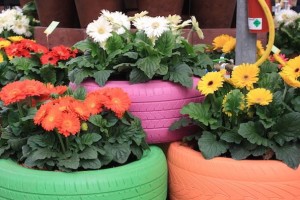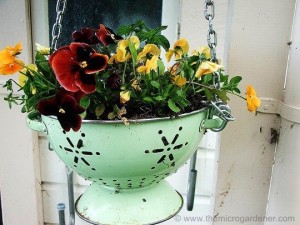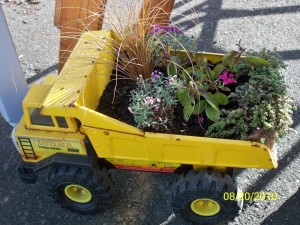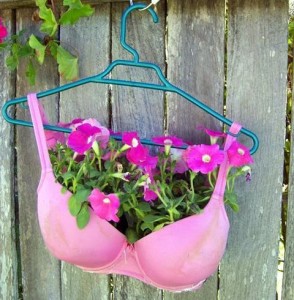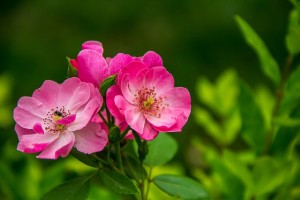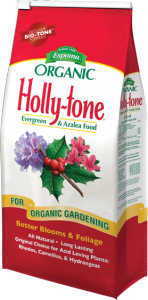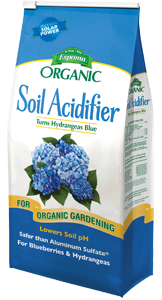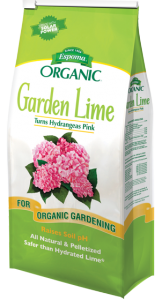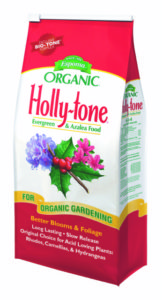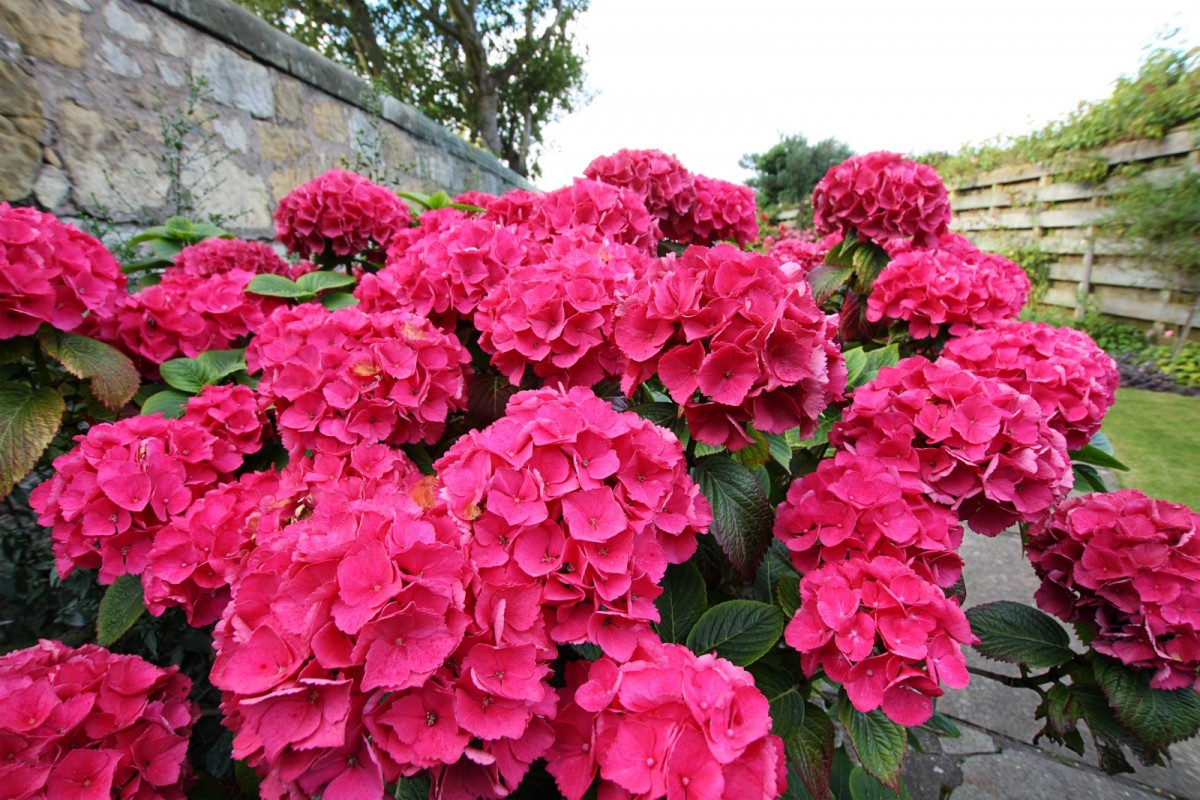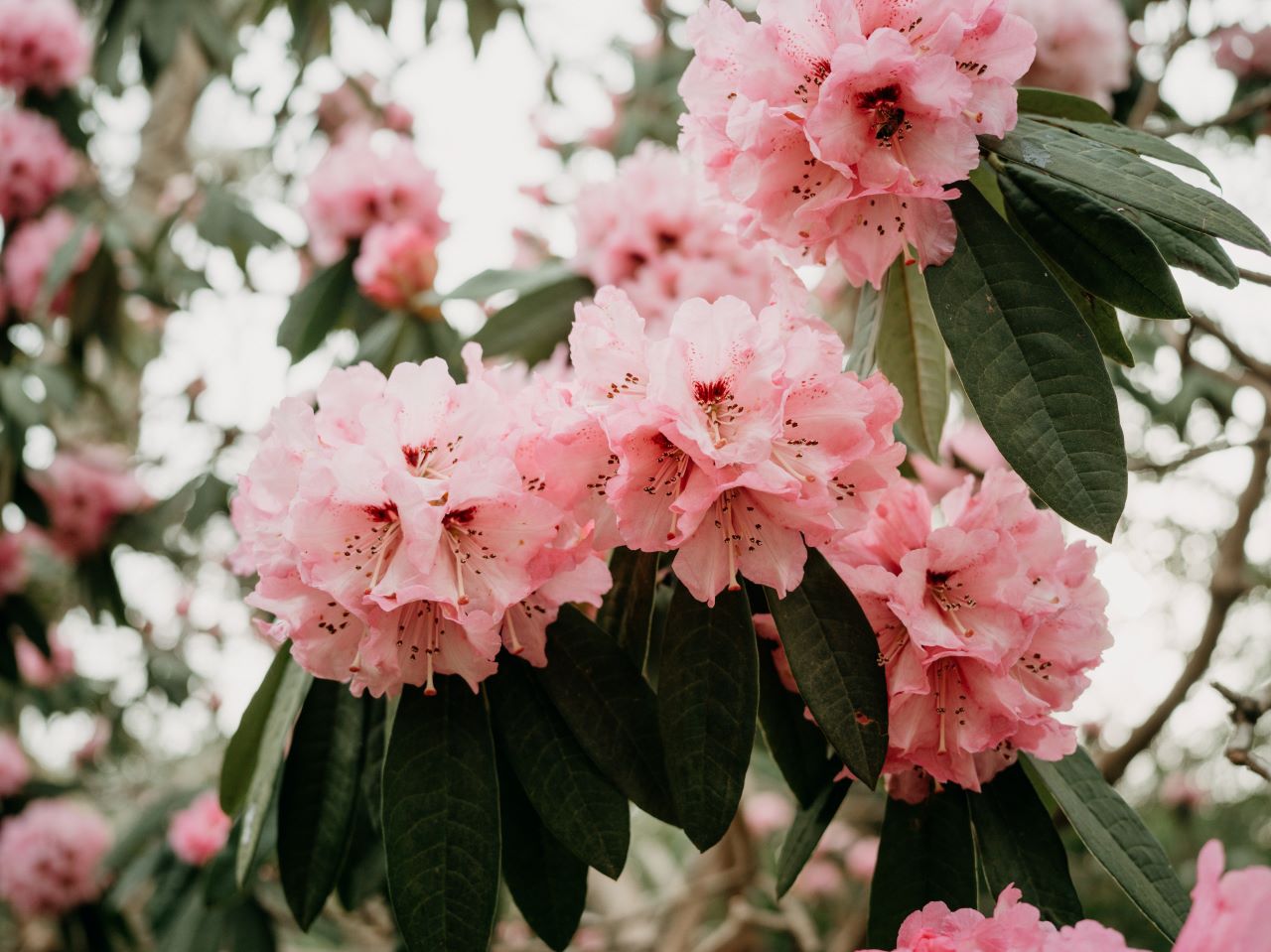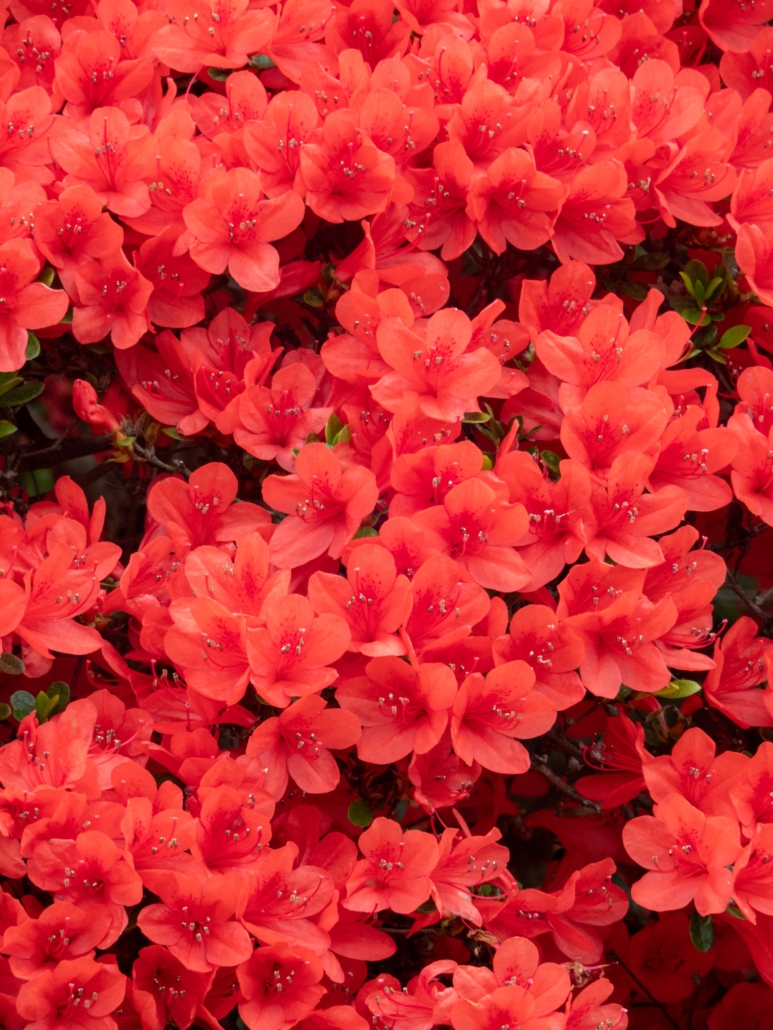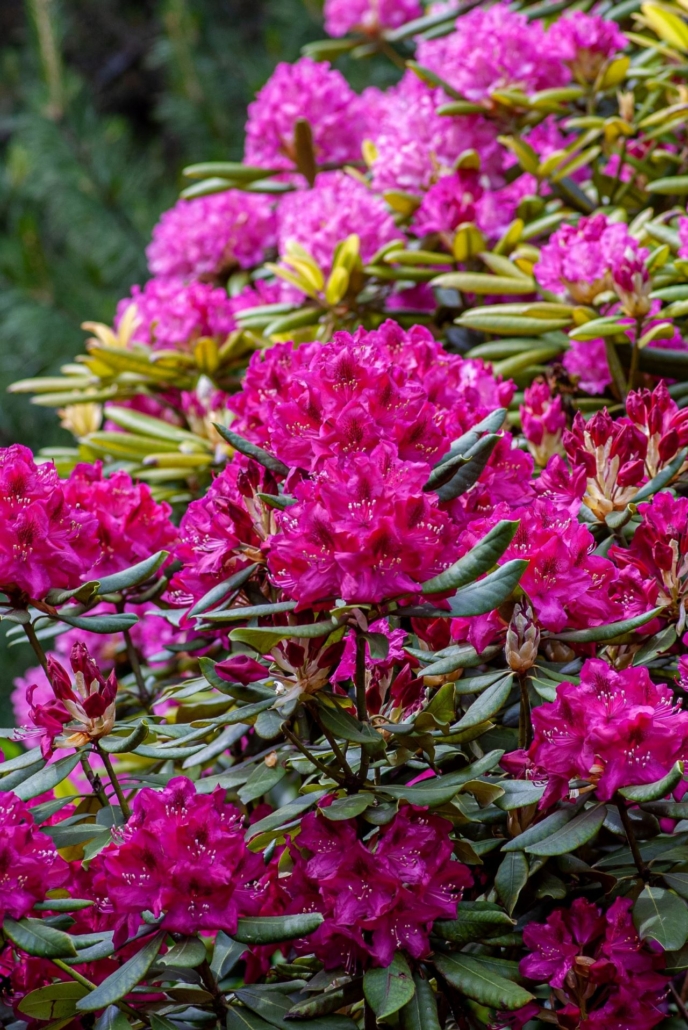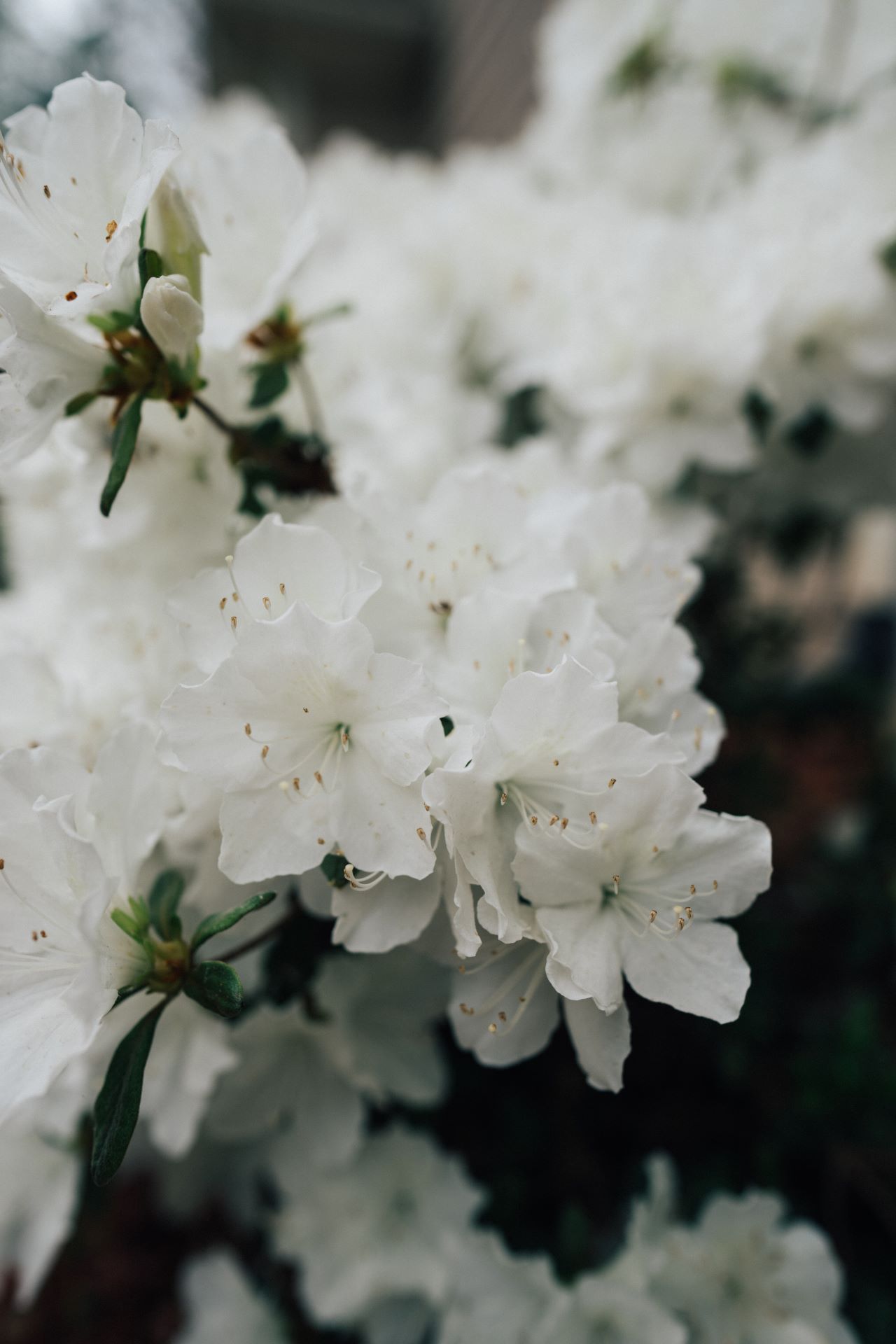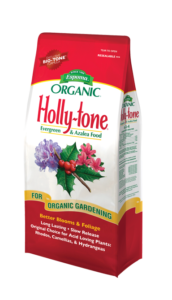Let Light Delight. Learn about Our Solar Power Initiatives
Five years ago, we at Espoma converted our plant and offices in Millville, NJ into a sunny, solar-power sanctuary. And we’ve never looked back!
Learn how much solar power brightens our world along with simple ways to harness solar power.
Radiant Energy Reductions at Espoma
Vowing to reduce our carbon footprint, we installed 43,000 square feet of solar panels. This reduces as much carbon dioxide as planting 1.7 million trees!
Every year, Espoma generates enough solar energy to power over 60 homes and save more than 1.4 million pounds of greenhouse gas emissions.
Click here to see how many light bulbs we’ve saved over the last five years!
Easy, Enlightening Ways to Use Solar Power
Solar panels are a big, initial investment. Luckily, you can still give solar power a shot by trying the 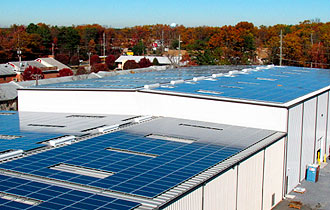 below!
below!
- Get a Solar Glow. Swap your outdoor garden lights or indoor desk lamps to solar energy.
- A Sun Deck for Your Tech. Charge phones, laptops and tablets using solar power! Switching to solar-powered tech chargers instantly reduces your energy use. If plugged in, tech chargers suck up energy – even without a device attached.
- Sizzle with Solar. Heat your home’s water with just a few solar panels. A fraction of the cost of a complete solar power system, you can test solar panels without the hefty price tag.
- Swim in the Sun. Whether you’re building a new pool or choose to convert a current one, you can heat pools and hot tubs with solar energy.
- Bask in Sunny Skylights. Opt for solar tubes instead of regular skylights. Solar tubes are cheaper, more energy efficient and better insulated than skylights.
Be a leading light, and use solar power! Don’t go solar solo, though. Share these easy tips with your friends.


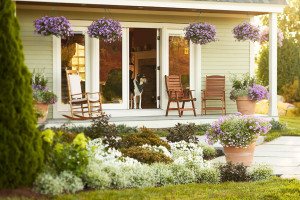
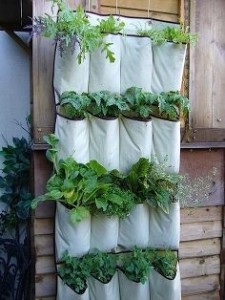 your style through plants, but also in the unique pots you choose. It’s twice the fun!
your style through plants, but also in the unique pots you choose. It’s twice the fun!